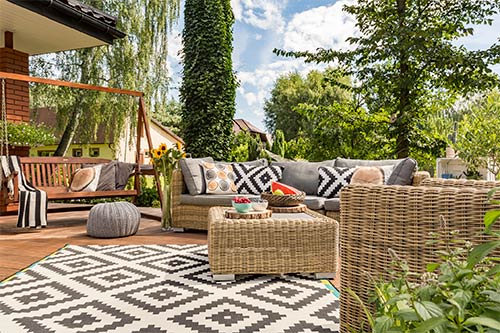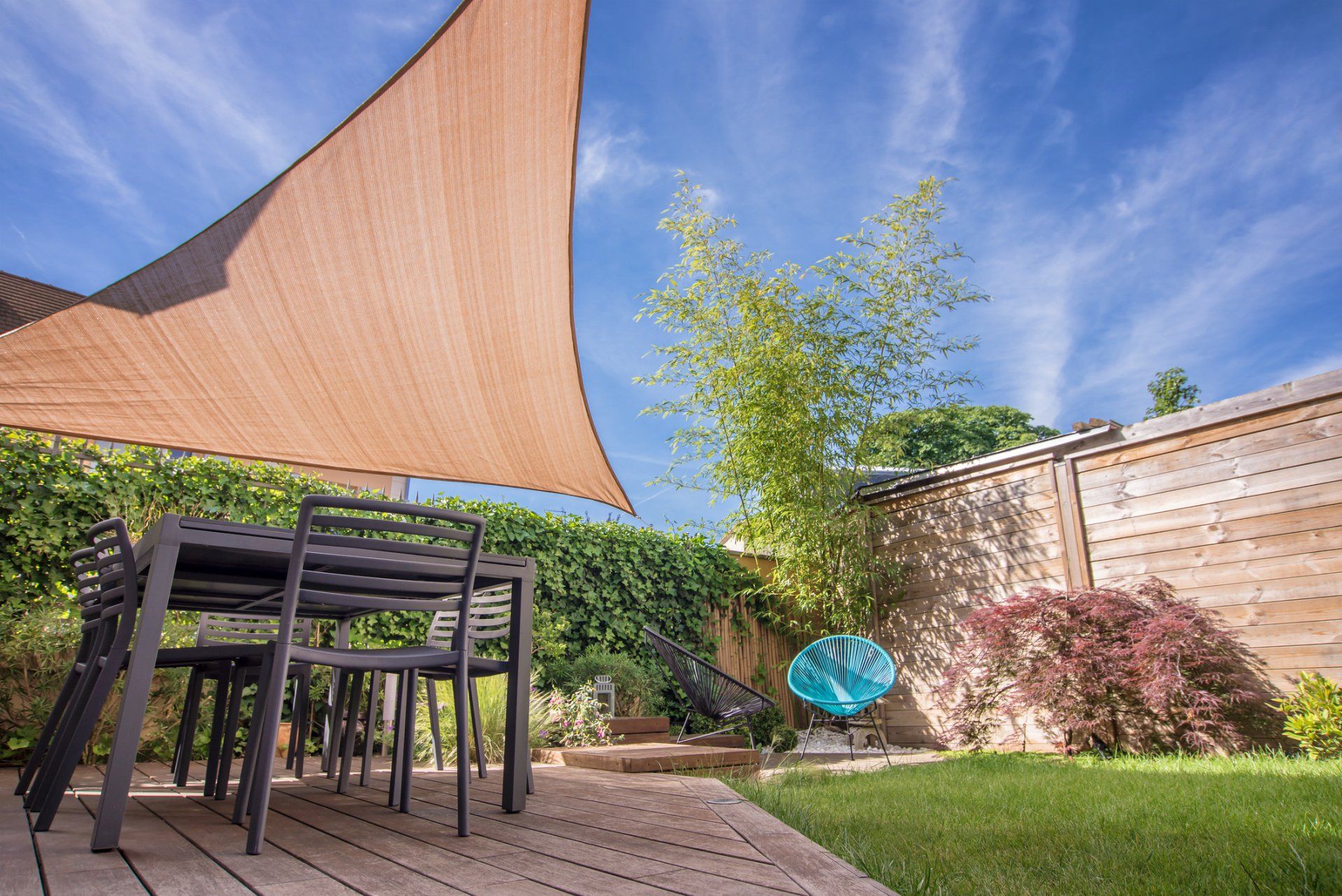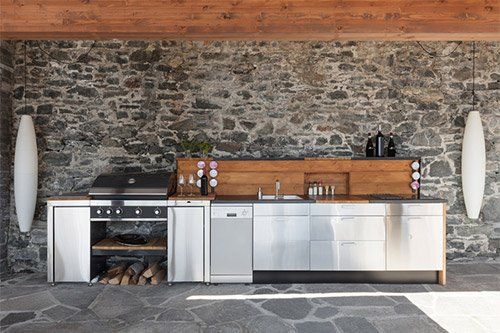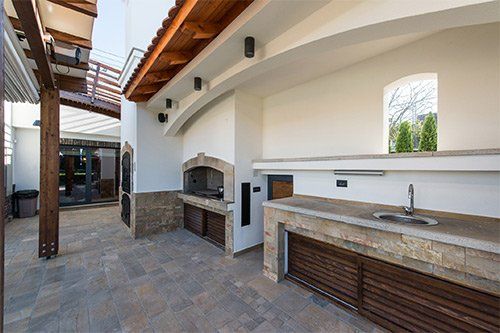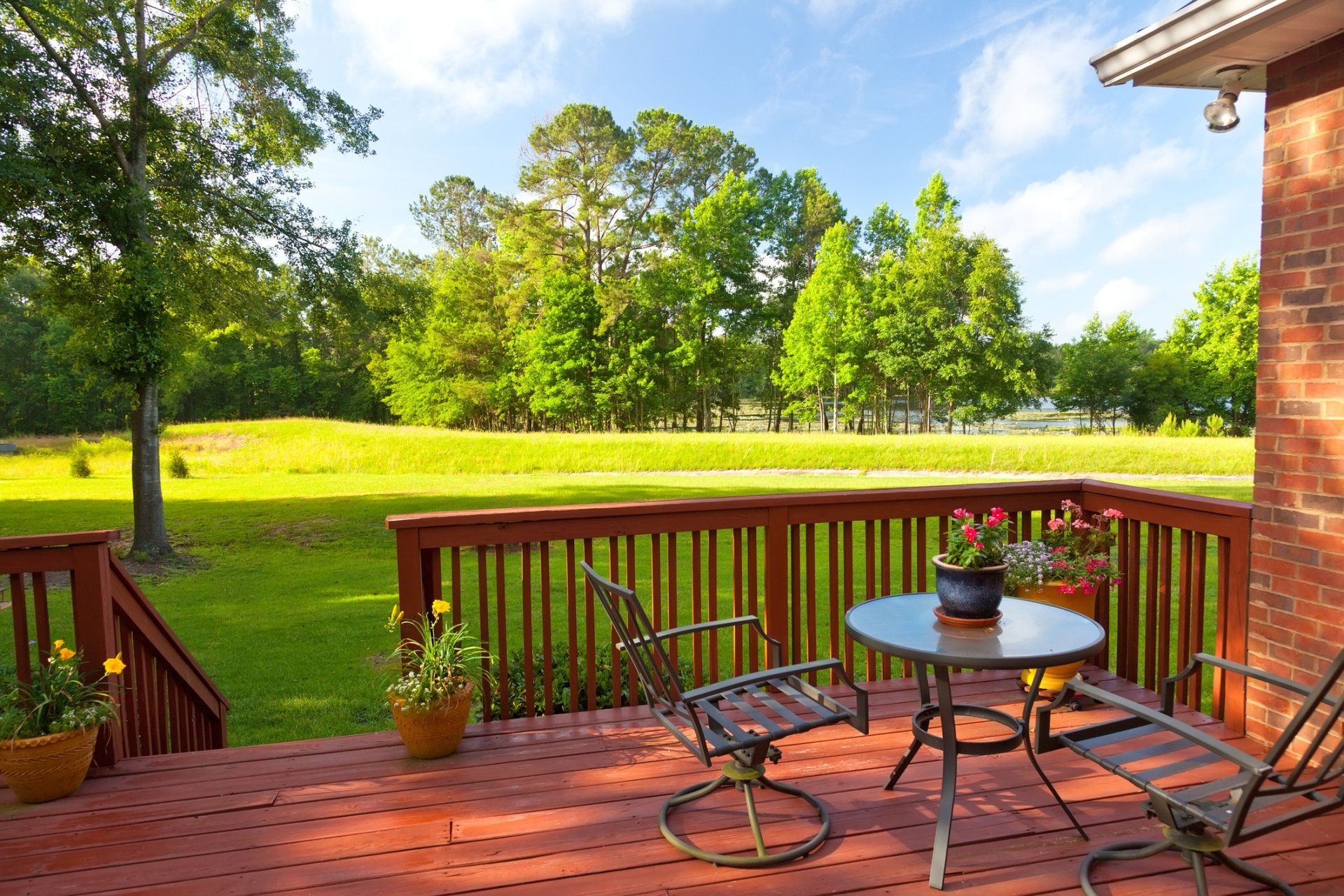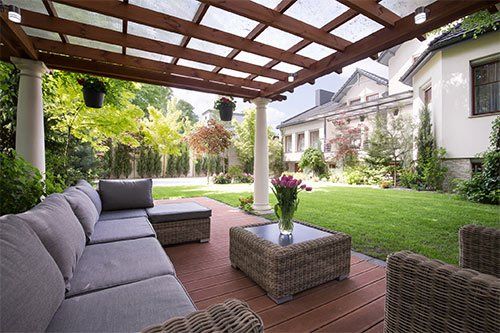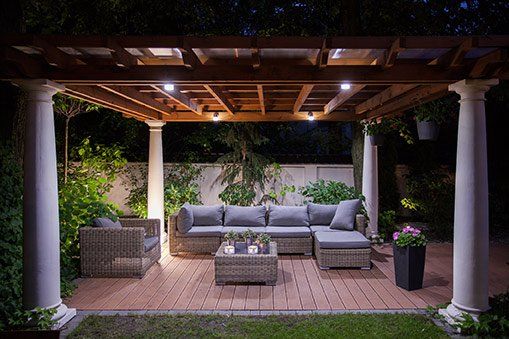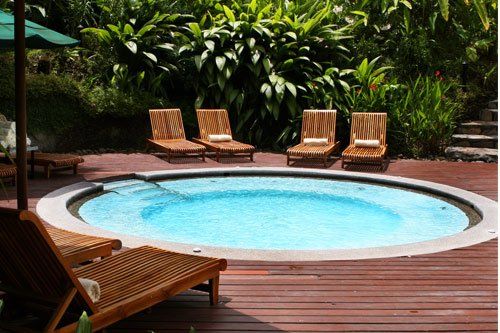Family and friends often like to gather in outdoor spaces during the warmer months. As temperatures begin to climb, spending time outdoors without access to shade can become difficult. The addition of a shade structure to your yard can help make your landscape more comfortable and conducive to outdoor entertaining.
You have many options available to you when it comes to shade structures but one of the most basic and affordable options is the installation of a shade sail. Shade sails are essentially pieces of fabric that are secured to several anchor points. The tension created allows the fabric to reduce the intensity of the sun's rays.
Careful thought and consideration prior to installation will ensure that you are able to maximize the benefit of a shade sail in your yard.
A critical element that must be taken into consideration before a shade sail can be installed in your yard is the time of day you plan to use the shade structure most. The position of the sun changes throughout the day as the Earth rotates on its axis. This movement can affect how much shade your shade sail provides.
Think about where the sun will be positioned in the sky when you are most likely to be spending time outdoors, and position your shade sail accordingly to maximize your protection.
Another factor that can affect the placement of your shade sail is the availability of anchor points. Shade sails are susceptible to the elements. The sail itself has some weight to it, so a strong anchor point is essential. An exterior wall, steel pole, or even a mature tree can all act as anchor points to help keep a shade sail in place.
If the area where you want your shade sail to be located doesn't have natural anchor points readily available, you will need to plan for the installation of reinforced steel posts to prevent the sail from being blown away or falling onto you and your guests.
A shade sail can be made from many different types of material. The architectural style of your home, the ambiance of your outdoor living space, and the weather conditions in your area should all be taken into consideration when selecting a material for your shade sail.
Woven cloth or canvas are popular options, as these materials allow some light to filter through while providing enough shade to keep you and your guests cool. Other material options to consider include PVC and other outdoor fabrics.
Take inventory of the size of the area you want to cover using a shade sail. Smaller areas can be accommodated by a single shade sail, while large areas may need multiple sails for optimal shade coverage.
The size of the area you want to shade can also affect the shape of the sails that you install. Triangular sails are perfect for corners and smaller areas, while circular or rectangular shade sails work best in open areas with little overhead interference.
Wind is one of the biggest threats that your shade sail will face. Much like the sails that are found on boats, a shade sail can be pushed by the wind. Should extreme winds create an updraft, your shade sail could become airborne.
The level of wind exposure your shade sail must face will help dictate the tension of the material during installation. Sails that are installed in areas with exposure to high winds will need more tension than shades in protected areas.
Contact us
at Superior Outdoor Designs to learn more about the benefits a shade sail can provide for your home and family in the future.
